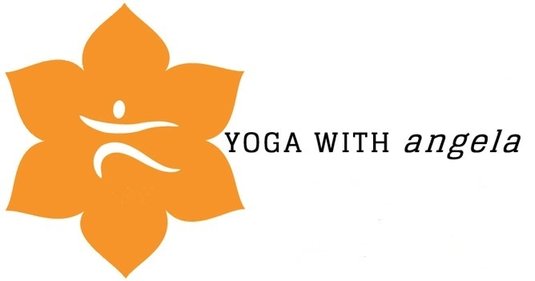This is a post I’ve been thinking of doing for a while. I’d say putting it out just before the Christmas season kicks off is the right timing, wouldn’t you say?! It’s about indigestion and how yoga practise can help you with its symptoms.
Indigestion can be caused by a mixture of stress and overeating — and, let's face it, this time of year easily ticks both boxes! Yoga practise can really help with physical digestion and to relieve stress. Many of us have probably heard that "twists" are great for digestion, but while twists always feel good, they are not actually massaging the internal organs. So how can our yoga practise really help with digestion?
According to Dr. Carrie Demers, an integrative medical physician and yoga practitioner, it's not so much the poses that we do, but how we practise them. Yoga's digestive and stress-relieving benefits are inextricably linked. It is as much about the physical practise as it is about the relaxation practise.
When we are stressed, our sympathetic nervous system — which activates the "fight or flight" response — is very active. The blood flow to our gastrointestinal system is lessened. When we are able to tune into our parasympathetic nervous system — which allows our "rest and digest" process — there is a greater blood supply to our digestive system.
Physical yoga practise is effective in stimulating the digestion, but it is important to breath deeply too. To activate the parasympathetic nervous system, to "rest and digest", basic relaxation poses can help.
Here are a few to try immediately:
Savasana (corpse pose — lying flat on the back)
with the added support of a bolster under the knees and a blanket under the head
Viranana (hero's pose — kneeling)
lying back over a bolster
Sukhasana (easy pose — cross legged)
with a bolster behind the bottom to support the back
The most benefit for the digestive system would be gained by practising each of these poses for three to ten minutes while engaging in diaphragmatic breathing. Also, lying on the left side of the body after meals can often help to ease heartburn, acid reflux and general indigestion.
These simple breathing techniques can also assist when looking to relax deeper into the poses — taken from Brightening our Inner Skies, by Norman Blair
Inhale down spine to sacrum and exhale from sacrum to heart space,
breathing in warmth and welcoming and breathing out tension and tightness,
directing breath into areas of restriction (with a sensation of openness for the inhale and a sense of release for the exhale),
an inner mantra like "let" on the inhale and "go" on the exhale,
consciously accentuating the natural pause before and after inhale and exhale, (this is called "the four beats of the breath").
So, maybe after Christmas dinner has been finished, we should all lie down on the floor and just breathe....!
Indigestion can be caused by a mixture of stress and overeating — and, let's face it, this time of year easily ticks both boxes! Yoga practise can really help with physical digestion and to relieve stress. Many of us have probably heard that "twists" are great for digestion, but while twists always feel good, they are not actually massaging the internal organs. So how can our yoga practise really help with digestion?
According to Dr. Carrie Demers, an integrative medical physician and yoga practitioner, it's not so much the poses that we do, but how we practise them. Yoga's digestive and stress-relieving benefits are inextricably linked. It is as much about the physical practise as it is about the relaxation practise.
When we are stressed, our sympathetic nervous system — which activates the "fight or flight" response — is very active. The blood flow to our gastrointestinal system is lessened. When we are able to tune into our parasympathetic nervous system — which allows our "rest and digest" process — there is a greater blood supply to our digestive system.
Physical yoga practise is effective in stimulating the digestion, but it is important to breath deeply too. To activate the parasympathetic nervous system, to "rest and digest", basic relaxation poses can help.
Here are a few to try immediately:
Savasana (corpse pose — lying flat on the back)
with the added support of a bolster under the knees and a blanket under the head
Viranana (hero's pose — kneeling)
lying back over a bolster
Sukhasana (easy pose — cross legged)
with a bolster behind the bottom to support the back
The most benefit for the digestive system would be gained by practising each of these poses for three to ten minutes while engaging in diaphragmatic breathing. Also, lying on the left side of the body after meals can often help to ease heartburn, acid reflux and general indigestion.
These simple breathing techniques can also assist when looking to relax deeper into the poses — taken from Brightening our Inner Skies, by Norman Blair
Inhale down spine to sacrum and exhale from sacrum to heart space,
breathing in warmth and welcoming and breathing out tension and tightness,
directing breath into areas of restriction (with a sensation of openness for the inhale and a sense of release for the exhale),
an inner mantra like "let" on the inhale and "go" on the exhale,
consciously accentuating the natural pause before and after inhale and exhale, (this is called "the four beats of the breath").
So, maybe after Christmas dinner has been finished, we should all lie down on the floor and just breathe....!


 RSS Feed
RSS Feed
